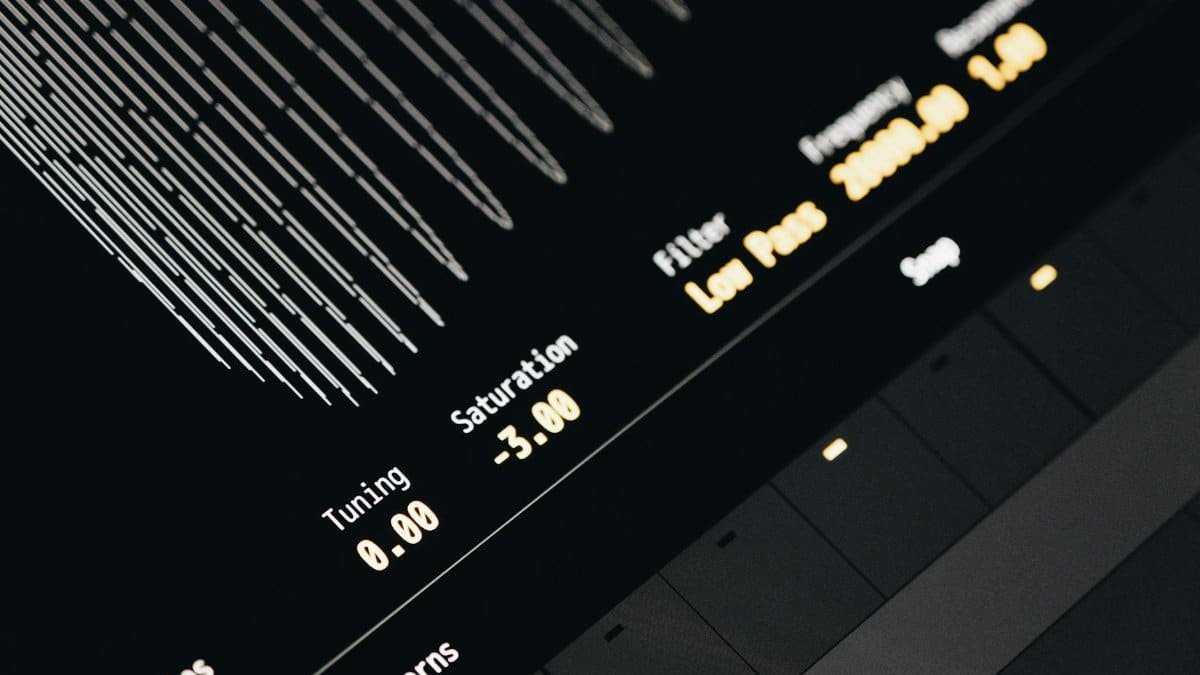New data shows 68% of Americans seeking stress relief are turning to alternative methods like sound therapy in 2025. Among the most popular? Sound frequencies tied to alpha brain waves, which are linked to relaxation and focus. These specific tones, often embedded in music or meditation tracks, are gaining traction as a non-invasive way to calm the mind. From tech-savvy millennials to overworked professionals, the appeal is clear: a quick, accessible way to de-stress. But what are these frequencies, and do they really work? Here’s the breakdown of 12 key tones making waves.
1. 8 Hz – The Entry to Relaxation

At 8 Hz, this frequency marks the lower end of the alpha wave range. It’s often associated with a light meditative state, helping users ease into calm. Studies suggest it can reduce anxiety by syncing brain activity to a slower pace. Therapists sometimes use this in sound baths to help clients unwind.
2. 8.5 Hz – Bridging Calm and Alertness

Slightly higher at 8.5 Hz, this tone balances relaxation with mild awareness. It’s ideal for creative tasks or brainstorming, as it keeps the mind engaged without stress. Some apps now feature this frequency for short mindfulness breaks during work hours.
3. 9 Hz – Stress Buster

The 9 Hz frequency is a go-to for stress relief. Research indicates it may lower cortisol levels, the body’s main stress hormone. Users often report feeling “reset” after listening to tracks tuned to this sound. It’s popular in yoga studios across the U.S.
4. 9.5 Hz – Enhancing Visualization

At 9.5 Hz, alpha waves support mental imagery. This frequency is often used in guided meditations to help listeners visualize goals or positive outcomes. Sound therapists claim it boosts emotional clarity, though more data is needed to confirm long-term effects.
5. 10 Hz – Peak Alpha State

Sitting at 10 Hz, this is considered the sweet spot for alpha wave activity. It’s linked to deep relaxation without drowsiness, making it perfect for meditation. A study from the University of California showed improved focus in subjects exposed to 10 Hz tones. Check the research at UCSF Research.
6. 10.5 Hz – Healing and Recovery

Sound at 10.5 Hz is often tied to physical and mental recovery. Some practitioners use it in therapy for trauma or burnout, claiming it helps the brain process stress. While anecdotal evidence abounds, clinical trials are still catching up.
7. 11 Hz – Calm Under Pressure

The 11 Hz frequency aids in maintaining calm during high-pressure situations. It’s a favorite among athletes for pre-game focus. Soundtracks with this tone are often found on apps like Calm or Insight Timer for quick mental resets.
8. 11.5 Hz – Boosting Intuition

At 11.5 Hz, some sound healers suggest this frequency sharpens intuition. It’s used in mindfulness practices to encourage “gut feelings” or instinctual clarity. While hard science on this is thin, user feedback highlights a sense of mental openness.
9. 12 Hz – Light Focus Mode

Nearing the upper alpha range, 12 Hz promotes a state of light focus. It’s ideal for studying or tasks needing sustained attention without tension. Schools experimenting with sound therapy have reported better student engagement at this frequency.
10. Binaural Beats at Alpha Range

Binaural beats, where two slightly different frequencies play in each ear, often target the alpha range (8-12 Hz). They’re said to enhance relaxation by tricking the brain into syncing with the difference. Research from the National Institutes of Health supports their potential for stress reduction. See more at NIH Studies.
11. Isochronic Tones for Alpha Sync

Unlike binaural beats, isochronic tones don’t require headphones and pulse at alpha wave frequencies. They’re gaining popularity for solo meditation sessions. Users report a quicker shift to calm, though effectiveness varies by individual.
12. Nature Sounds Tuned to Alpha

Some soundscapes, like ocean waves or rain, are now digitally tuned to alpha frequencies like 10 Hz. These hybrid tracks blend natural audio with therapeutic tones. They’re a hit on streaming platforms, especially for sleep or relaxation in 2025.
Sound frequencies tied to alpha waves are more than a wellness fad—they’re backed by growing interest and some scientific support. Whether you’re battling stress or seeking focus, these 12 tones offer a range of entry points. As research expands, expect even more tailored applications. For now, plug in, tune out, and see if these frequencies work for you.
Natasha is the heart of our exploration into conscious connection. Applying principles from multiple counseling courses in her own life, she guides you to cultivate stronger, more joyful bonds.
Disclaimer
The content on this post is for informational purposes only. It is not intended as a substitute for professional health or financial advice. Always seek the guidance of a qualified professional with any questions you may have regarding your health or finances. All information is provided by FulfilledHumans.com (a brand of EgoEase LLC) and is not guaranteed to be complete, accurate, or reliable.
